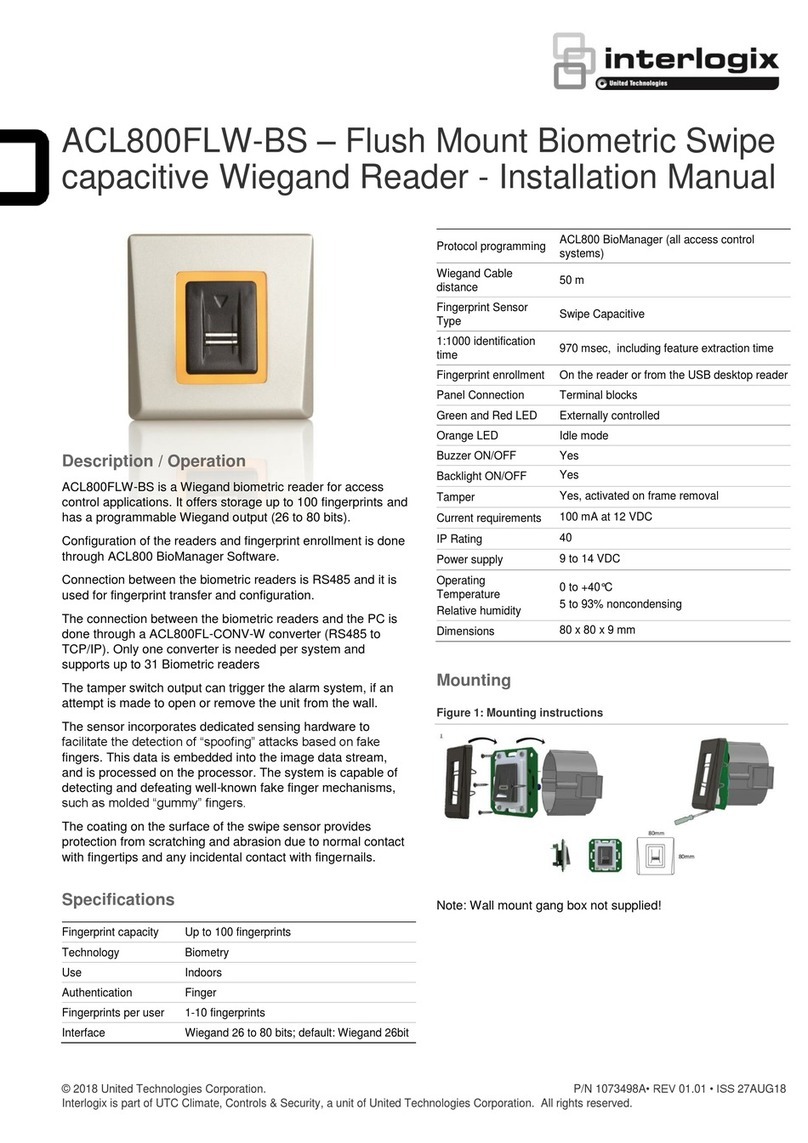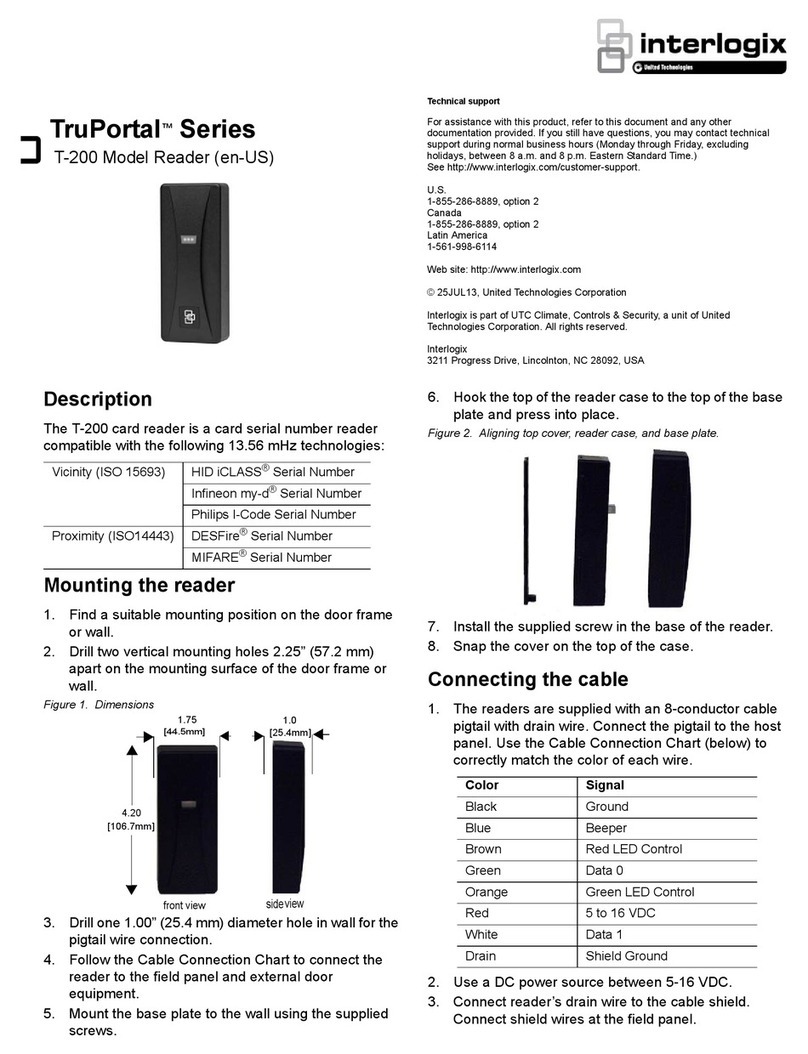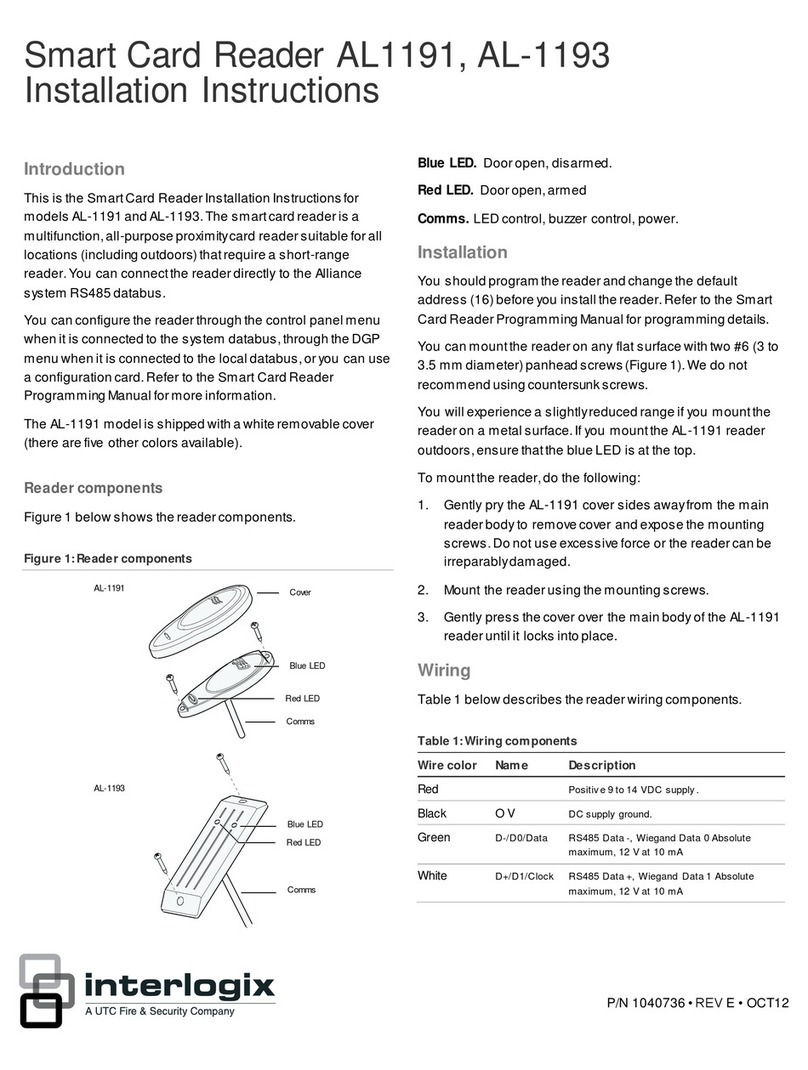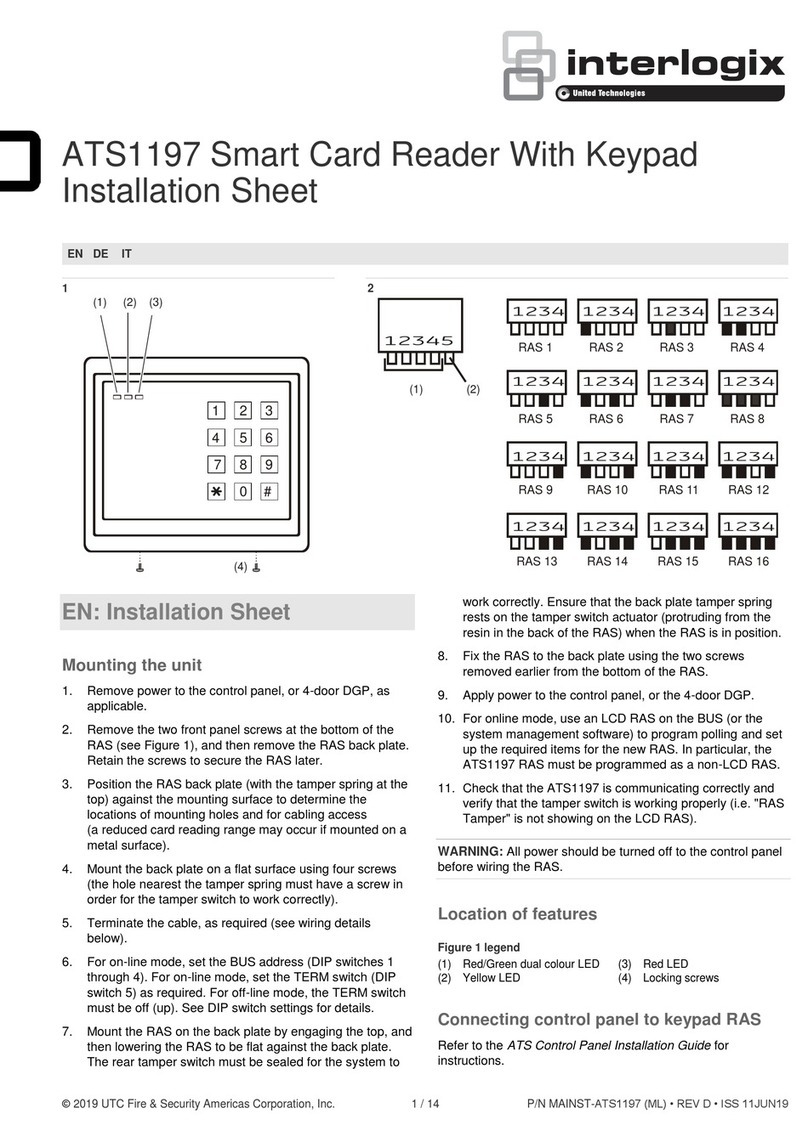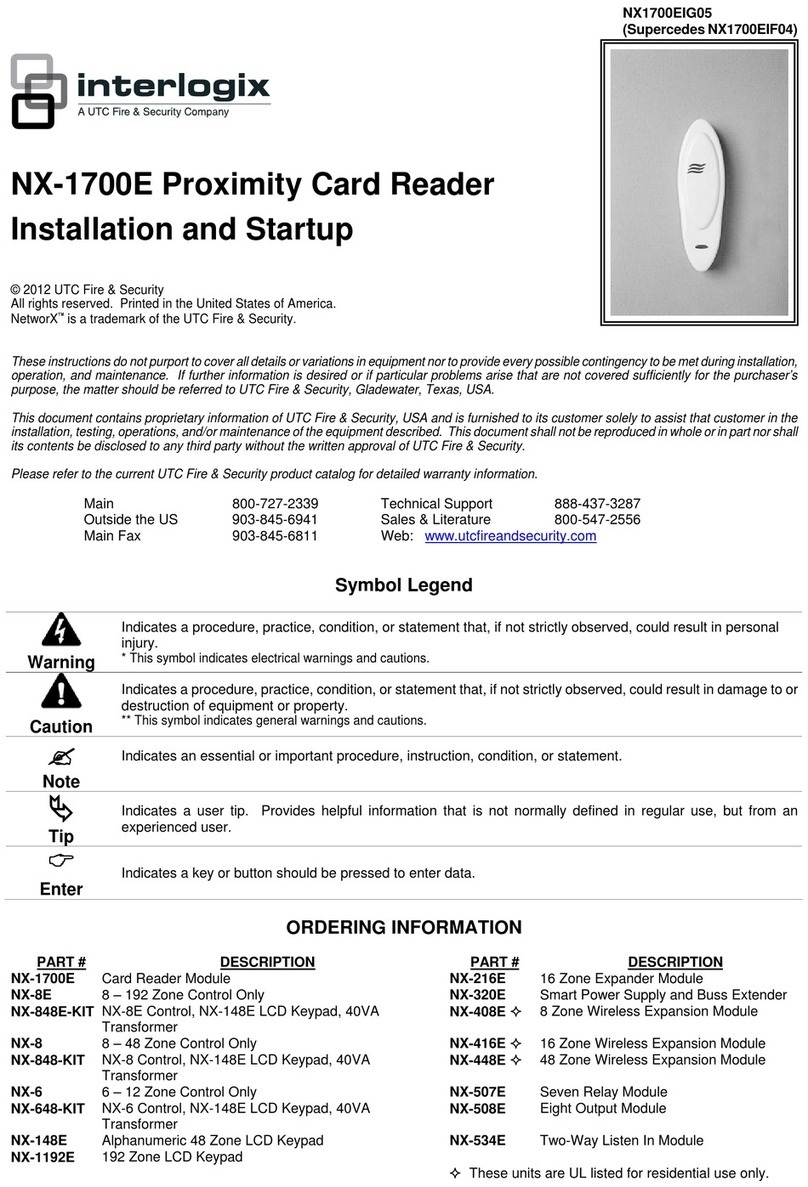
TABLE OF CONTENTS
TABLE OF CONTENTS.......................................................................................................................................................................................................3
GENERAL DESCRIPTION..................................................................................................................................................................................................4
INSTALLATION AND WIRING.........................................................................................................................................................................................4
ENROLLING ..........................................................................................................................................................................................................................4
ADDRESSING .......................................................................................................................................................................................................................5
PROGRAMMING..................................................................................................................................................................................................................5
USING THE LED KEYPAD............................................................................................................................................................................................5
Entering the Program Mode ...............................................................................................................................................................................5
Entering the Module Address.............................................................................................................................................................................5
Programming a Location.....................................................................................................................................................................................6
Exiting the Program Mode:..................................................................................................................................................................................6
USING THE LCD KEYPAD ...........................................................................................................................................................................................7
PROGRAMMING DATA TYPES..................................................................................................................................................................................7
USER CARDS ........................................................................................................................................................................................................................7
Adding One User......................................................................................................................................................................................................8
Adding Multiple Users with Auto-Increment ...............................................................................................................................................8
Activate One User (Single User) .........................................................................................................................................................................9
De-Activate One User.... ........................................................................................................................................................................................9
Delete / Reset One User........................................................................................................................................................................................9
PROGRAMMING LOCATIONS.....................................................................................................................................................................................10
Location 0 Programming the Scan Functions.................................................................................................................................10
Locations 1 - 240 Reserved........................................................................................................................................................................10
Location 241 Programming the X-10 Address for the Scan Functions...................................................................................10
Location 242 Programming the Options and Reader Partition .................................................................................................11
Location 243 Programming the Zones .................................................................................................................................................12
Location 244 Programming the Various Reader Timers...............................................................................................................13
Location 245 Resetting the Reader Address.......................................................................................................................................13
Location 246 Programming the Access Options ..............................................................................................................................13
Location 247 Programming the Opening Time for Schedule 1..................................................................................................14
Location 248 Programming the Closing Time for Schedule 1....................................................................................................14
Location 249 Programming the Days for Schedule 1....................................................................................................................14
Locations 250 - 270 Programming the Schedules 2 - 8..................................................................................................................14
Location 271 Programming the Date of Holidays in January....................................................................................................15
Locations 272 - 282 Programming the Date of Holidays from February to December...................................................15
Location 283 Programming Activation Data for User Cards 1 through 120........................................................................15
Location 284 Programming Activation Data for User Cards 121 through 240..................................................................15
Location 285 Code Entry Logging Partition........................................................................................................................................15
PROGRAMMING WORKSHEETS................................................................................................................................................................................16
GLOSSARY..........................................................................................................................................................................................................................23
SPECIFICATIONS..............................................................................................................................................................................................................24
DECLARATION OF CONFORMITY..............................................................................................................................................................................25
NX-1701E Installation manual Page 3 31/01/05






